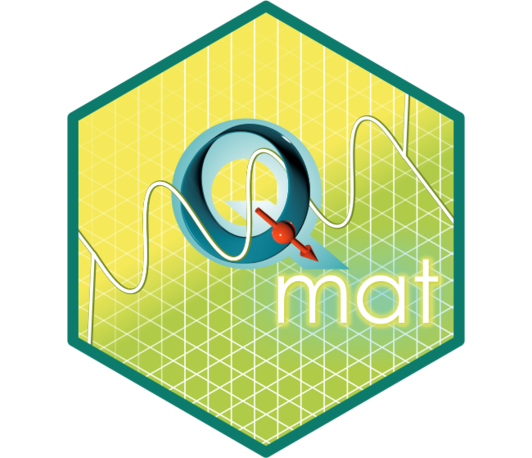Chirality and Kinetomagnetism
- Datum: 16.10.2024
- Uhrzeit: 09:00 - 11:15
- Vortragende(r): Sang-Wook Cheong
- Keck Center for Quantum Magnetism, Rutgers University, NJ, USA
- Ort: Max Planck Institute for Solid State Research
- Raum: 4D2
- Gastgeber: Dep. of Quantum Materials

Chirality, which arises from the breaking of mirror symmetries combined with any spatial
rotations, plays a ubiquitous role in a wide range of phenomena, from the DNA functionality,
vine climbing to the piezoelectricity of quartz crystals. It's important to note that chirality does
not necessarily involve a screw-like twisting, and magnetic chirality means chirality in spin
ordered states or mesoscopic spin textures. Despite being mathematically well-defined, the term
"chirality" has been extensively used, often in confusing ways, in recent years. In steady states,
chirality (C) does not change with time-reversal operation, while chirality prime (C) denotes
the breaking of time-reversal symmetry in addition to broken all mirror symmetries, combined
with any spatial rotations. Various examples of magnetic chirality and chirality prime and their
emergent phenomena, such as self-inductance, directional nonreciprocity in magnetic fields,
current-induced magnetization, chirality-selective spin-polarized current, Schwinger scattering,
magneto-optical Kerr effect, linear magnetoelectricity, and chiral tunneling will be discussed.
Many of these phenomena can be understood with one hypothesis on “kinetomagnetism in
chiral systems” that I will present. Some of these exotic phenomena have been recently
observed, while many others require experimental confirmation in the future.
References
1, Magnetic chirality, S.-W. Cheong and X. Xu, npj Quantum Mater. 7, 40 (2022).
2, Kinetomagnetism of chirality and its applications, Sang-Wook Cheong and Fei-Ting Huang, Appl.
Phys. Lett. 125, 060501 (2024)